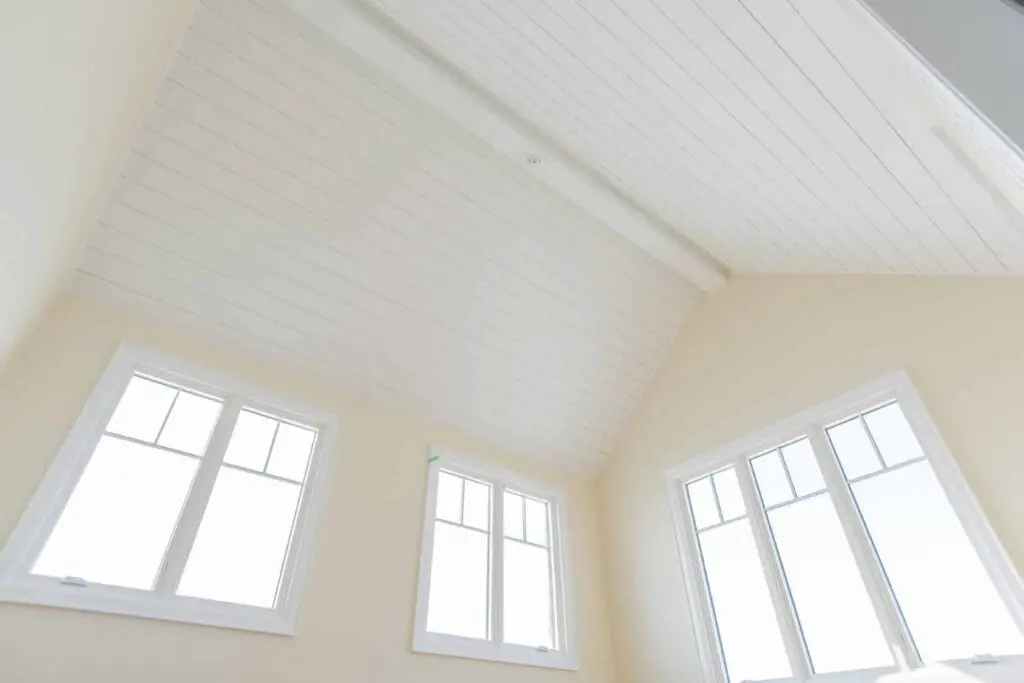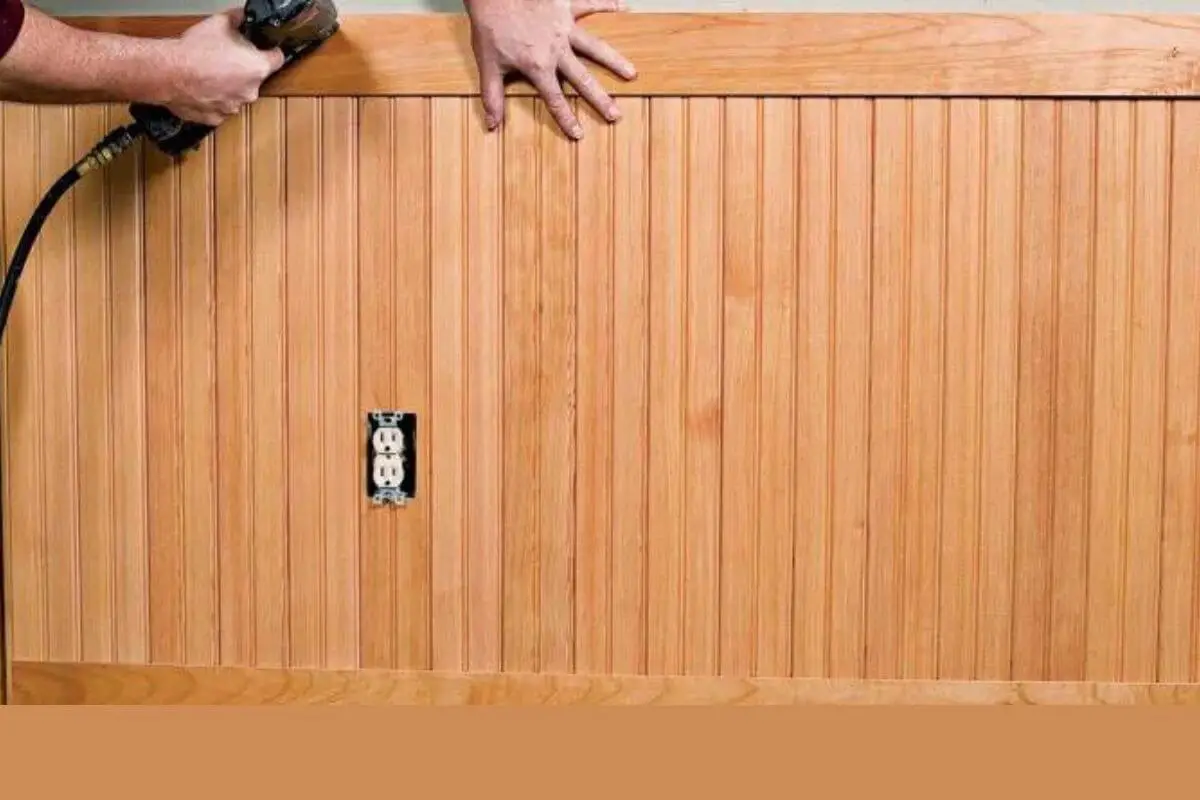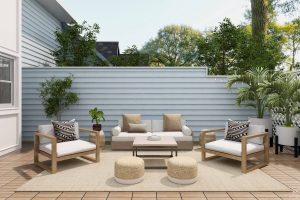In the world of interior design and home renovation, choosing the right wall paneling can significantly impact the overall look and feel of a room. Two popular options often considered are beadboard and tongue and groove paneling. Each has its unique characteristics, pros, and cons. In this comprehensive guide, we will explore the differences between beadboard and tongue and groove paneling to help you make an informed decision for your next home improvement project.
Understanding Beadboard Paneling
Beadboard paneling is a classic choice that has been used for centuries. It consists of narrow, vertical planks with a distinctive groove or “bead” running along one edge of each plank. This design creates a charming, cottage-like appearance when installed on walls. Beadboard is typically made from wood, MDF (medium-density fiberboard), or PVC (polyvinyl chloride).
Advantages of Beadboard Paneling
- Timeless Aesthetic: Beadboard offers a timeless and elegant look that suits both traditional and modern interior designs.
- Affordability: It is often more budget-friendly compared to tongue and groove options.
- Easy Installation: DIY enthusiasts appreciate beadboard for its ease of installation, making it a popular choice for home projects.
- Variety of Materials: Beadboard is available in various materials, allowing for customization based on your preferences and needs.
Disadvantages of Beadboard Paneling
- Maintenance: Wood beadboard may require more maintenance over time, such as periodic painting or sealing.
- Limited Insulation: It doesn’t offer as much insulation as tongue and groove paneling.
Exploring Tongue and Groove Paneling
Tongue and groove paneling is another versatile option, known for its interlocking design. Each plank has a protruding “tongue” that fits into a groove on the adjacent plank, creating a seamless and sturdy connection. This type of paneling can be crafted from various materials, including wood, cedar, and engineered composites.

Advantages of Tongue and Groove Paneling
- Durability: Tongue and groove paneling is incredibly durable and can withstand the test of time.
- Insulation: It provides better insulation compared to beadboard, helping to regulate temperature and reduce energy costs.
- Variety of Wood Species: You can choose from a wide range of wood species, each offering unique aesthetics.
- Moisture Resistance: Some tongue and groove options are moisture-resistant, making them suitable for bathrooms and kitchens.
Disadvantages of Tongue and Groove Paneling
- Cost: Tongue and groove paneling tends to be pricier than beadboard, which can impact your project budget.
- Complex Installation: Installing tongue and groove paneling may require professional assistance due to its precise fitting requirements.
Choosing the Right Option for Your Project
The decision between beadboard and tongue and groove paneling ultimately depends on your specific needs and preferences. Consider the following factors:
- Aesthetic: Determine the style and ambiance you want to achieve in your space. Beadboard offers a cozy, cottage-like charm, while tongue and groove exude a rustic elegance.
- Budget: Evaluate your budget constraints. Beadboard is generally more cost-effective, but tongue and groove may offer long-term benefits.
- Location: Consider where you intend to install the paneling. If it’s in a high-moisture area, tongue and groove with moisture resistance might be the better choice.
- DIY Abilities: Assess your DIY skills. Beadboard is often more DIY-friendly, while tongue and groove may require professional installation.
Conclusion
In the beadboard vs. tongue and groove paneling debate, there is no one-size-fits-all answer. Both options have their merits and can elevate the aesthetic and functionality of your interior spaces. It ultimately comes down to your preferences, budget, and project requirements. So, take your time, explore your options, and choose the wall paneling that best suits your unique vision.
FAQs
Is beadboard more suitable for a vintage-themed room?
Beadboard’s classic charm makes it an excellent choice for vintage-themed rooms, but it can also work well in various design styles.
Can I paint tongue and groove paneling to match my decor?
Yes, tongue and groove paneling can be painted to match your decor, allowing for endless customization options.
Which paneling option is more eco-friendly?
Both beadboard and tongue and groove can be eco-friendly depending on the materials chosen. Look for sustainably sourced options.
Do I need to hire a professional for tongue and groove paneling installation?
While DIY is possible, tongue and groove paneling installation can be tricky, so hiring a professional is recommended for precise results.
Can I use beadboard or tongue and groove paneling on the ceiling?
Yes, both options can be used on ceilings to add character and style to a room.



